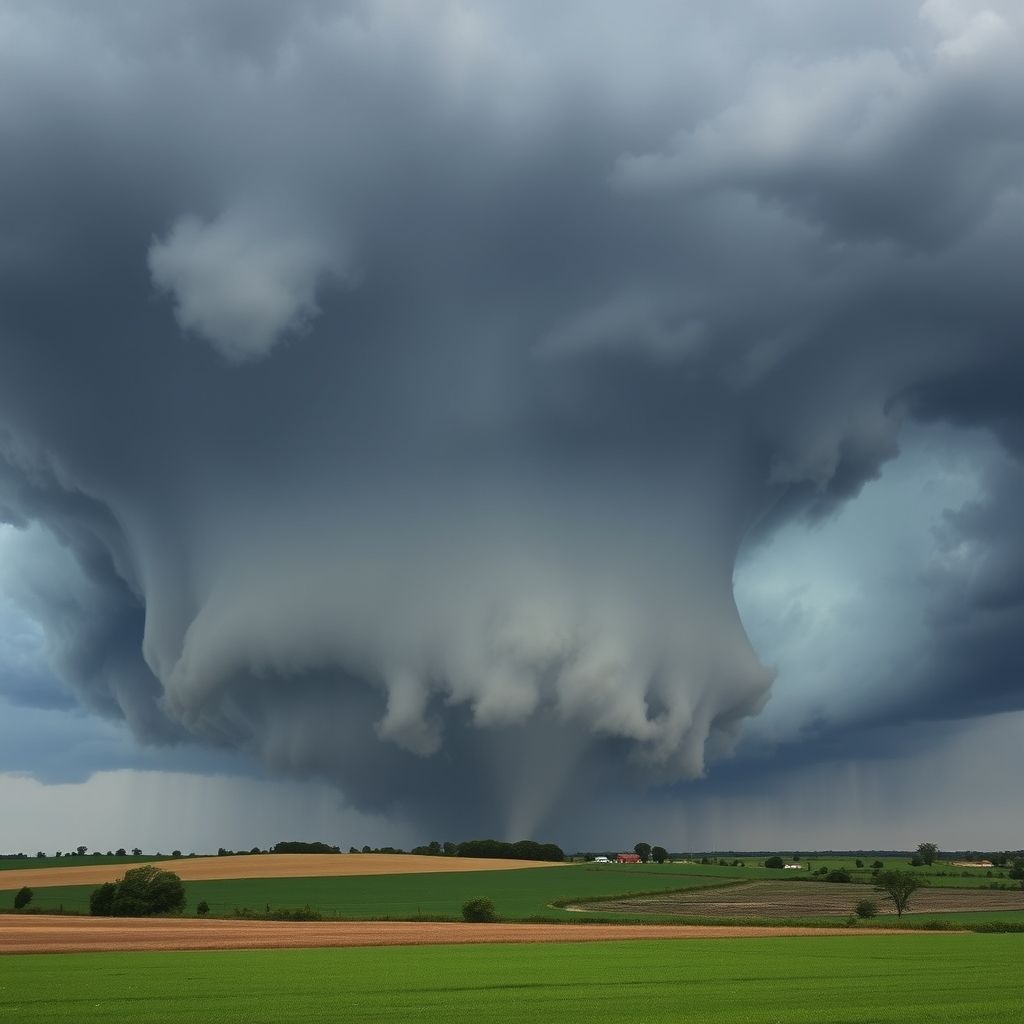Dangerous Storms Loom: Severe Thunderstorm Watches and Tornado Risks Across the US

Severe Thunderstorm Watches and Warnings: What You Need to Know
The skies are active across much of the central and eastern United States, and that means it’s crucial to stay informed and prepared. Severe thunderstorm watches and warnings are currently in effect, bringing with them a heightened risk of dangerous weather, including tornadoes. This is a situation that demands attention and a proactive approach to safety.
Understanding the Alerts
When a severe thunderstorm watch is issued, it means that conditions are favorable for severe thunderstorms to develop in the watch area. This indicates the potential for large hail, damaging winds, and even isolated tornadoes. A severe thunderstorm warning, on the other hand, means that severe weather is imminent or already occurring in the warned area. This warrants immediate action to protect yourself and your family.
The key to staying safe is to understand the difference and to know what actions to take. If you are under a severe thunderstorm watch, it’s important to be aware of the potential for severe weather and to monitor the latest forecasts. If a severe thunderstorm warning is issued for your area, you should seek shelter immediately. The safest place to be during a severe thunderstorm is indoors, in a sturdy building, away from windows.
Tornado Risk: A Serious Threat
One of the most significant dangers associated with these severe storms is the risk of tornadoes. The powerful rotating columns of air can cause catastrophic damage and pose a significant threat to life. Staying informed about the tornado risk in your area is paramount. The National Weather Service, through its Storm Prediction Center (SPC), issues tornado watches when conditions are favorable for tornado development.
Recent Devastation: Remembering West Virginia
The impact of severe weather can be devastating, and recent events serve as a stark reminder of its power. Tragic flooding in West Virginia serves as a reminder of how quickly conditions can change and the importance of preparedness. The devastation caused by these floods underscores the need to take all weather alerts seriously and to heed the advice of emergency management officials. We offer our thoughts and prayers to those affected by the recent flooding.
Where to Get Up-to-Date Information
Staying informed is your best defense. Several reliable sources provide real-time information on severe weather watches and warnings. Major weather websites, such as weather.com and AccuWeather, offer detailed maps, radar data, and specific warnings for your location. These resources pull their information directly from official government sources, including the National Weather Service and the SPC.
When using these resources, pay close attention to the specific details of each alert. Note the areas affected, the expected hazards, and the time frame for the alert. This information will help you make informed decisions about your safety and the safety of those around you. It is important to keep in mind that the information shared via these channels comes directly from official sources, such as the National Weather Service. These government organizations are staffed with dedicated professionals working around the clock to monitor conditions and to provide timely alerts.
In addition to checking weather apps and websites, be sure to stay tuned to your local news channels and radio stations. They often provide the latest updates and critical information, including any instructions from local emergency management officials. Remember, the goal is to be prepared and to react swiftly when a severe weather threat arises.
Taking Action: Your Safety First
Don’t wait for the storm to hit to start preparing. Now is the time to ensure you have a plan in place. Familiarize yourself with the severe weather terms, know the difference between a watch and a warning, and identify your safe places. Having a plan and being prepared can significantly increase your chances of staying safe during severe weather events.




